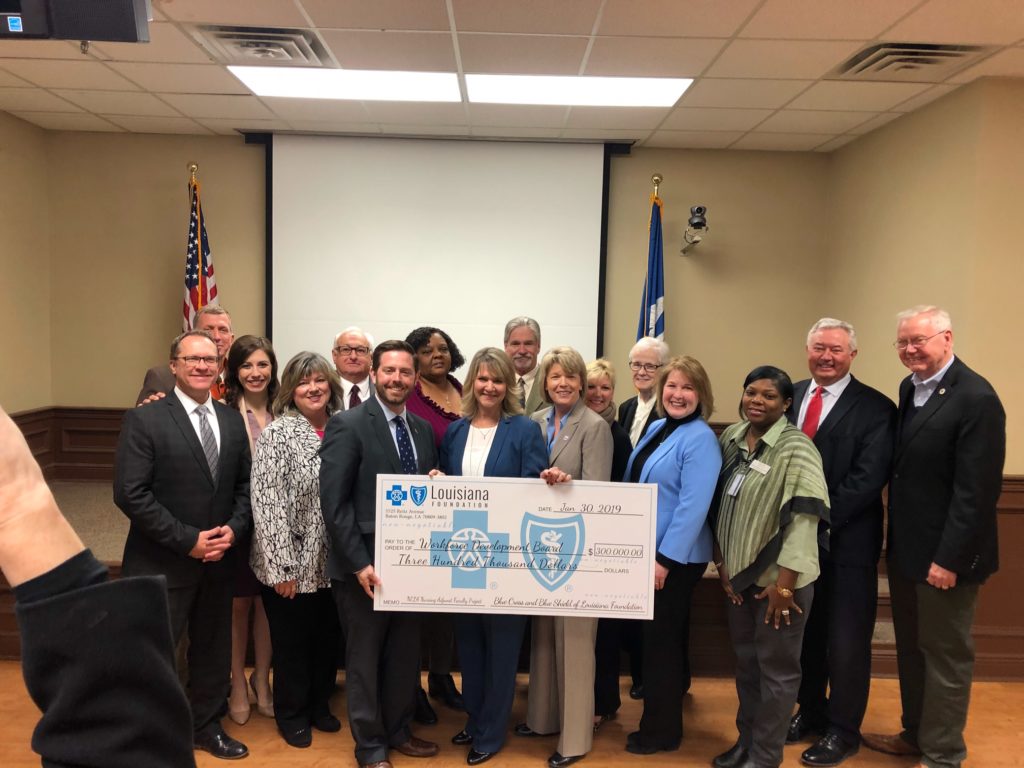Last week, we announced our first collective impact investment in a coalition of workforce development groups, higher education and healthcare providers in the Monroe area. They’re working together to expand the pipeline of nursing professionals graduating in that area by adding adjunct faculty at local colleges who can train at nontraditional times, including nights and weekends.
We are grateful to our partners for their tremendous work, including Workforce Development Board 83, The Living Well Foundation, NELA Healthcare Alliance, Louisiana Delta Community College, Louisiana Tech University, University of Louisiana-Monroe and regional healthcare providers serving as clinical sites.
Like the rest of the state, northeast Louisiana is facing an alarming shortage in nurses and other allied health professionals, a gap that will only widen over the next few years without serious intervention. These folks are working together in a way that you might not expect: colleges are sharing adjunct faculty and offering after-hours classes to make sure they’re able to train people with the desire and acumen to go into nursing, but are currently working a 9-to-5.
When it comes to health, our partners across the state operating in rural areas are facing tough challenges that are complex and interconnected. For example, I was in a meeting where partners were looking at maps of food deserts in rural areas (which some Louisianians are rebranding as “food swamps” because, you know, we’re not a state that really identifies with deserts). One of my colleagues pointed out that food deserts/swamps don’t just appear out of nowhere. These “swamps” exist in areas with serious transportation and infrastructure challenges, often hard-hit by generational poverty and dealing with housing, education and other issues. Everything is connected.
This is why we fund and advocate for communities who are doing the work themselves through collective impact. Yes, our communities face challenges, but they also have incredible resources of knowledge, creativity and leadership. When people build bridges with each other and take coordinated action, swamps begin to show their true colors of resilience, energy and impact. It takes the creativity of many minds who can see beyond the symptoms, and many hands that do the work and reach out to build coalitions.
This week, I’m asking you to consider forwarding this blog to a contact you know who is working in rural health or some partner working in a place where terms like “food swamps” get used. We’d love to know and to partner with these leaders to make progress a reality in their community and other communities across the state.
Our next Collective Impact grant deadline is March 1, and we are actively cultivating partners who can help meet these needs.
– Michael Tipton
BCBSLA Foundation President and Head of Community Relations
michael.tipton@bcbsla.com
